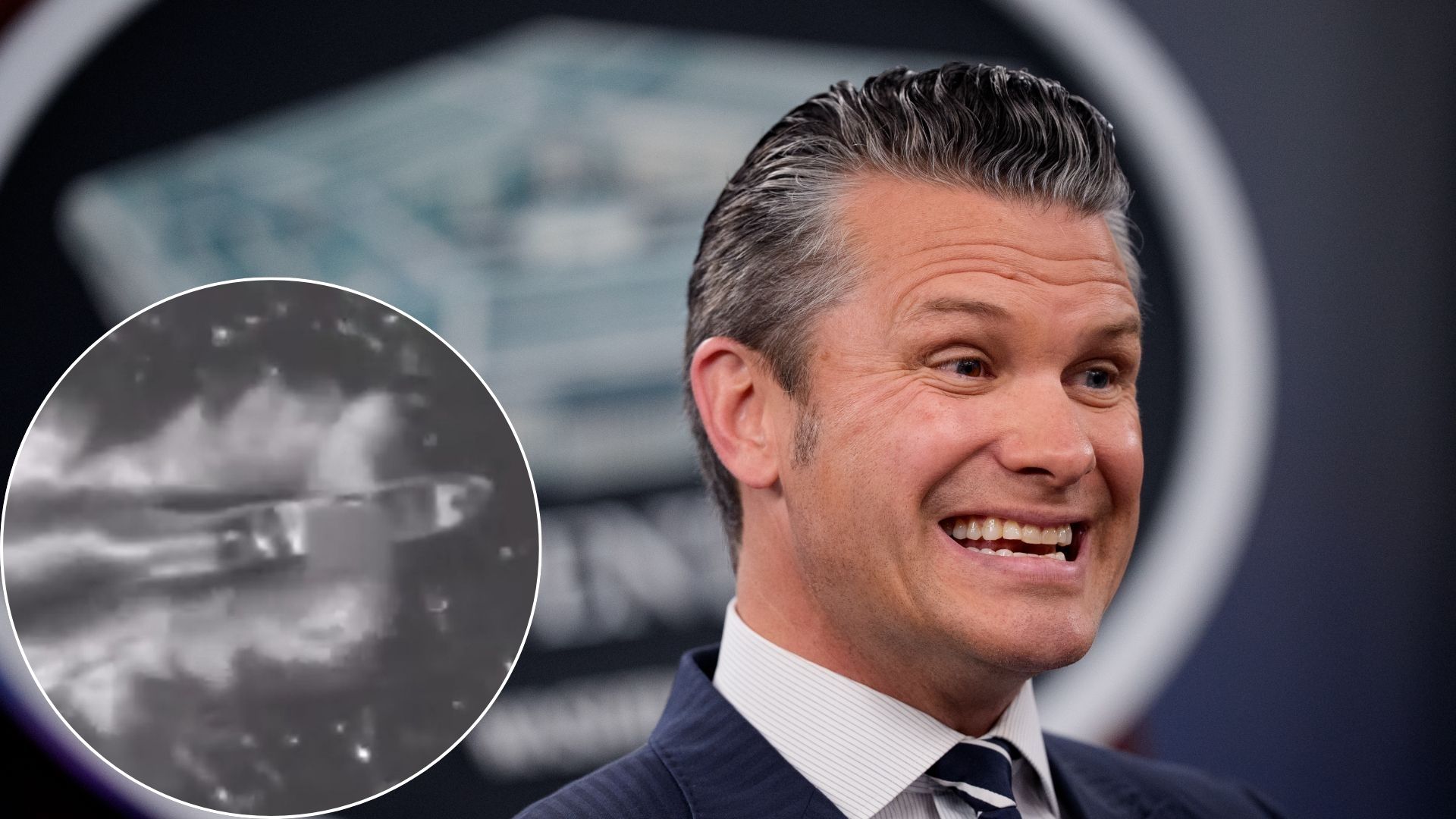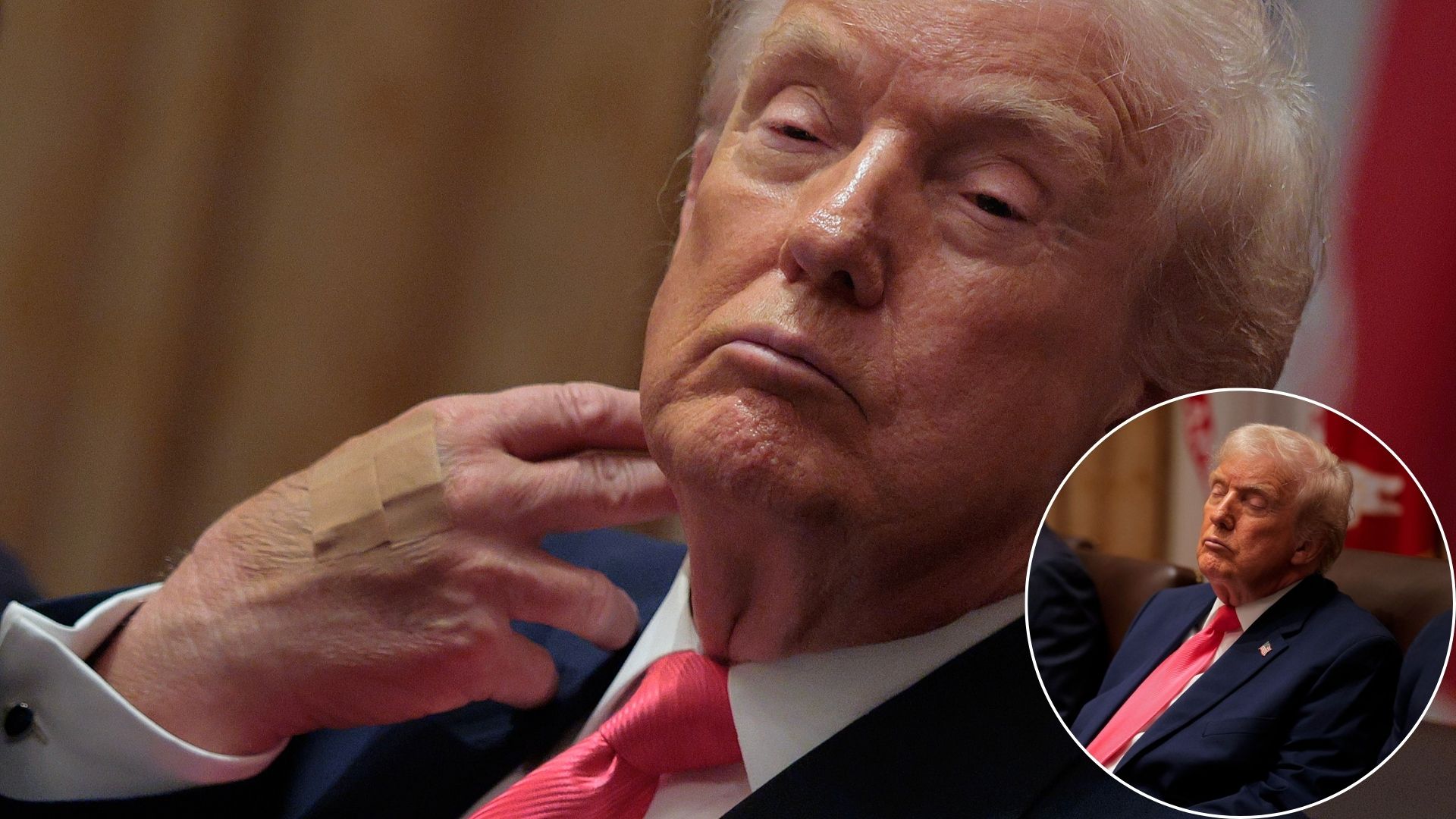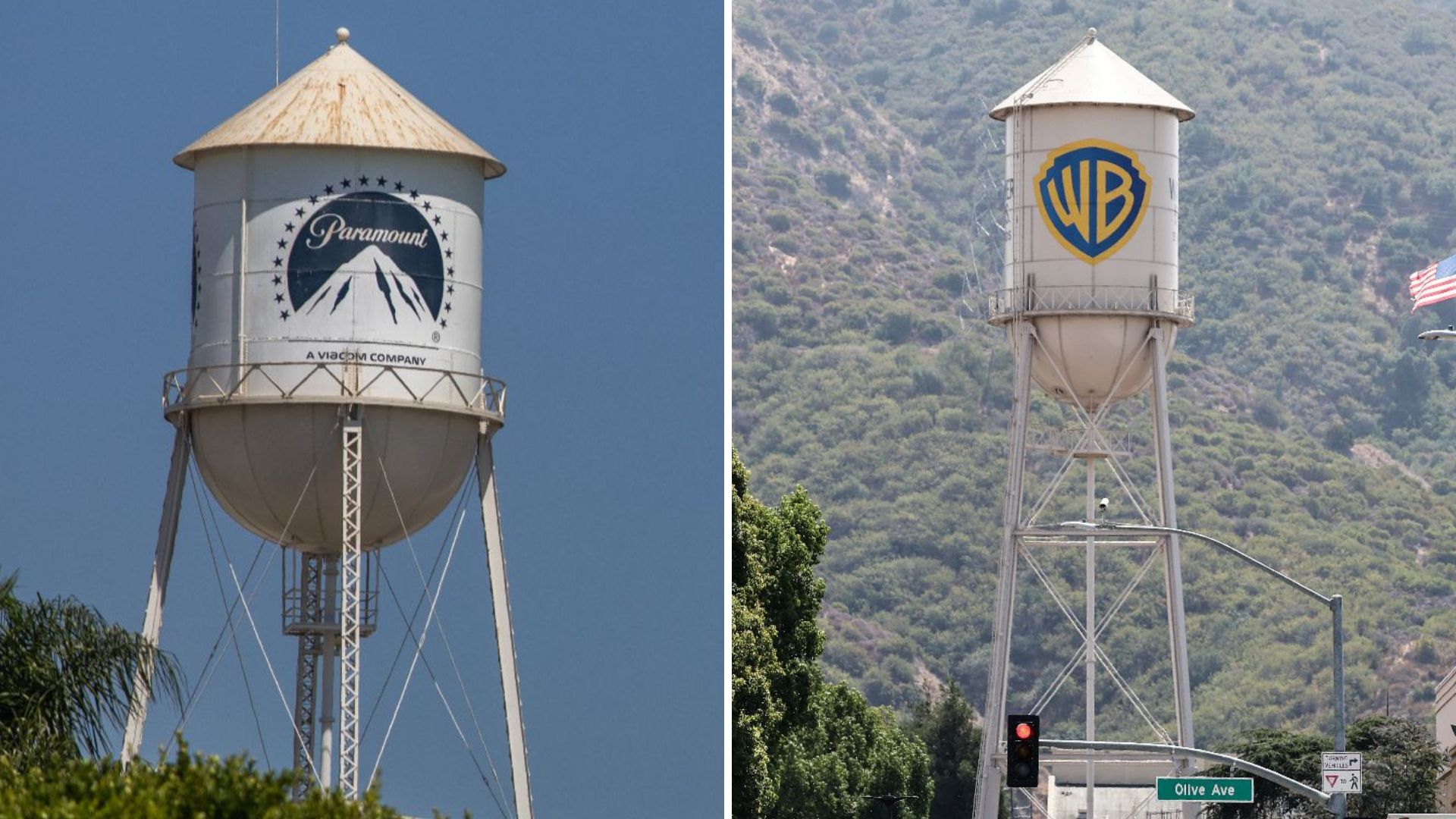
15,000 NASA employees have been sent home due to the US government shutdown. The shutdown suspends most of the agency’s non-essential activities.
Political blockage affects NASA

NASA, already weakened by budget cuts, is having to halt numerous scientific and technical programs.
Continuation of the Artemis program
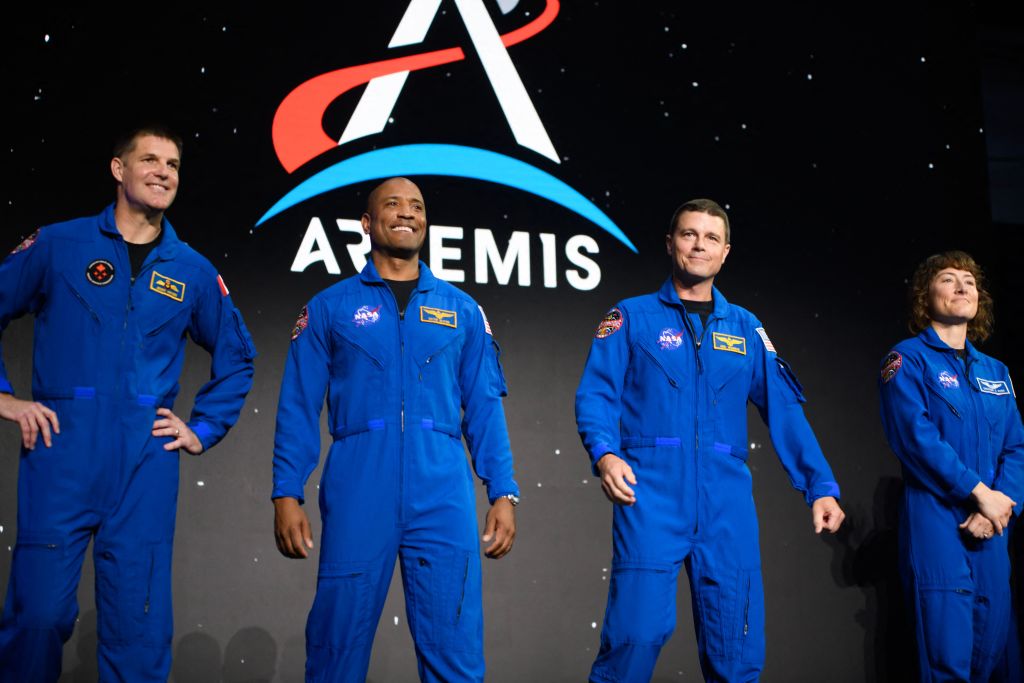
The Artemis program, considered essential, continues despite government blocking, for reasons of national security and rivalry with China.
As a reminder, the aim of this program is to send astronauts back to the Moon after 50 years! This next mission will include a crew of four astronauts (from left to right): Jeremy Hansen (mission specialist – Canadian Space Agency (CSA)), Victor Glover (pilot – NASA), Reid Wiseman (commander – NASA), Christina Koch (mission specialists – NASA).
Geopolitical rivalry
Last month, NASA’s acting director, Sean Duffy, declared that “China is not going to the Moon with good intentions”.
It’s in these circumstances that the leaders of the U.S. Congress and NASA want to ensure that the U.S. “gets there before China” on the Moon.
Ongoing activities
Despite the government shutdown, NASA continues to work with 3,000 employees, focusing their efforts on the Artemis II mission. This represents 2,000 more employees than under the previous shutdown plan.
A manned test mission around the Moon is scheduled for February 2026, with crew on board. This mission is considered “highly safety-critical”, according to NASA official Lakiesha Hawkins.
Future missions
The exceptions detailed in NASA’s outage plan go even further!
Workers will also be able to continue their tasks related to the Artemis III mission, as well as the other Artemis missions planned for the end of the decade. As a reminder, Artemis III promises a return to the Moon by mid-2027.
These projects continue the U.S. strategy of a sustainable return to the Moon and preparation for Martian exploration.
Artemis - late and expensive
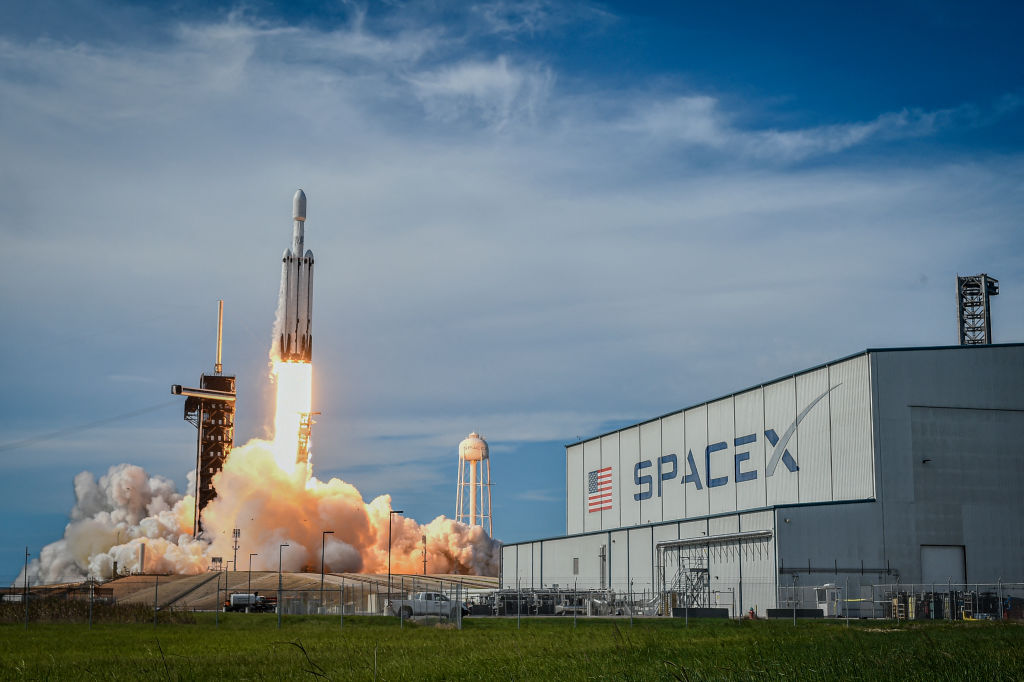
NASA’s $100 billion program is over budget, but also behind schedule.
One of the reasons for the delay is the poor performance of the Starship by Space X, the space company headed by Elon Musk.
This rocket system, still in the development stage, is intended to take NASA astronauts from their Orion spacecraft to the surface of the Moon during Artemis III.
White House cuts science budget
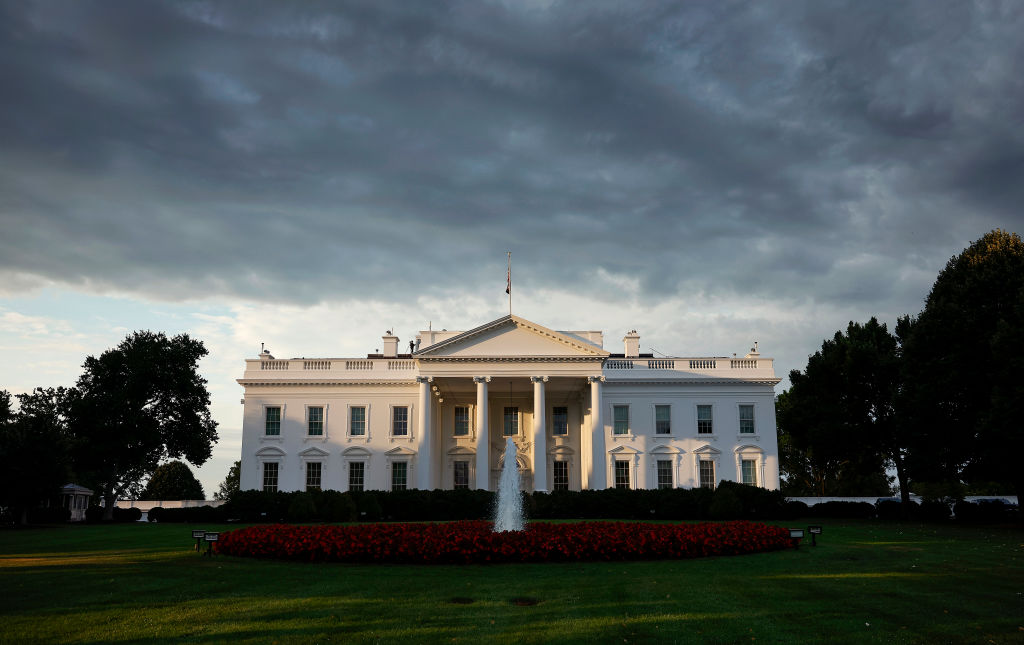
The White House has proposed a massive reduction in NASA’s budget:
– A halving of the current budget for science programs (-50%).
– A quarter reduction in the space agency’s overall budget (-24%).
Specialists and politicians, both Republican and Democrat, are opposed to these budget cuts, arguing that they could wipe out important scientific projects.
Congress protects NASA
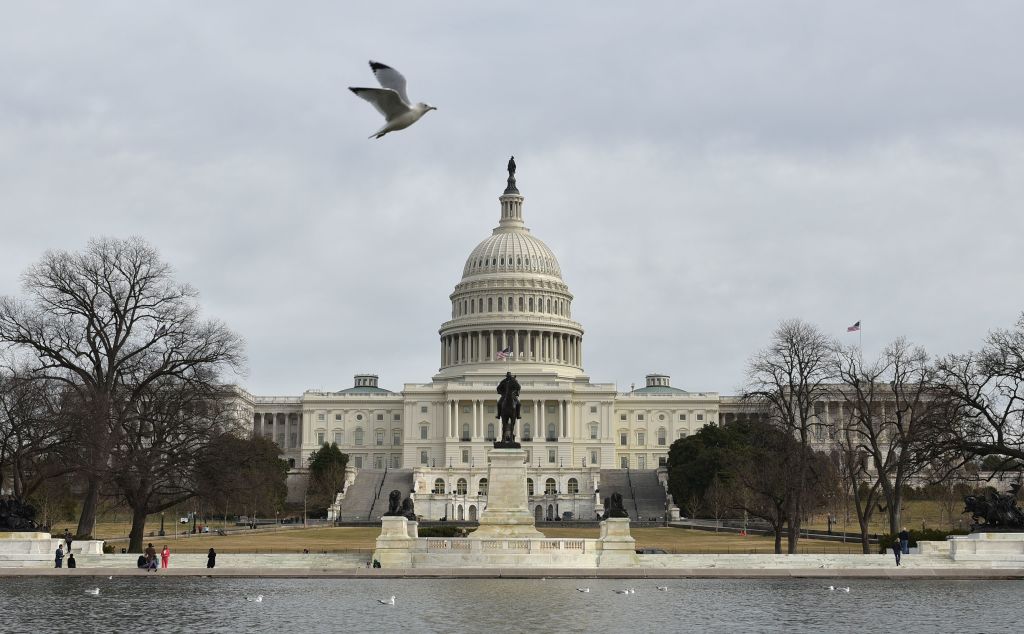
Both the House of Representatives and the Senate have chosen to maintain the funding in place for NASA, rejecting the cuts proposed by the White House.
However, in the absence of a funding text adopted by both chambers, some members of parliament are concerned about the possible actions of the Office of Budget Management (OMB), which could make drastic cuts unilaterally.
Eight members of Congress from both parties have sent a letter to the OMB, explicitly asking for NASA’s protection. They warn of the potential closure of 20 ongoing robotic science missions, the equivalent of $12 billion already invested.
Tense atmosphere at NASA
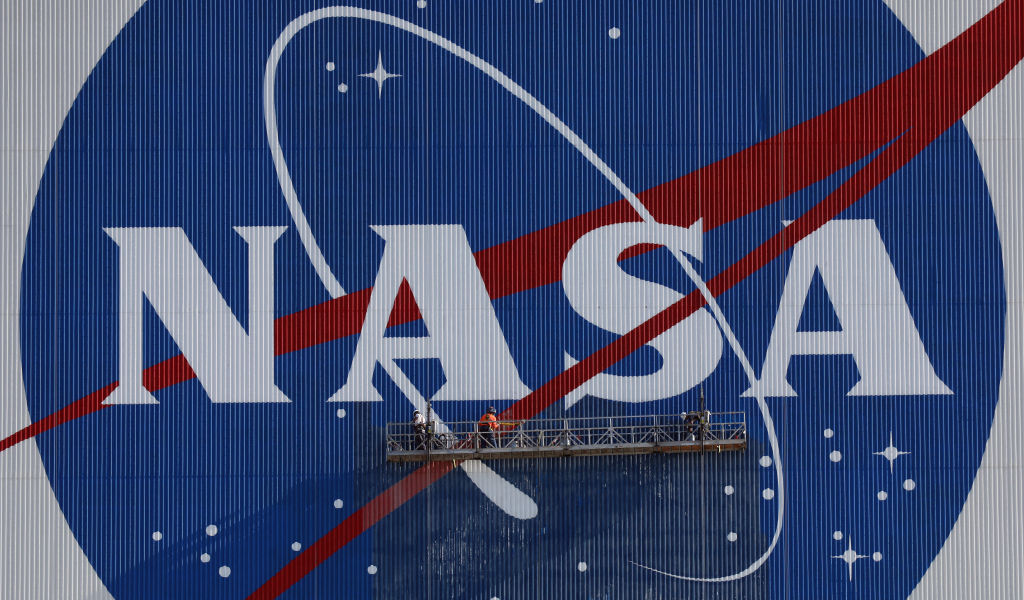
The US space agency is in the midst of a personnel crisis: 4,000 people have resigned through deferred resignation programs, representing over 20% of the total workforce.
Among the departures are “top talents”, including key experts in NASA’s lunar landing program.
Employees describe an “extremely chaotic” climate, with building closures, project freezes and union tensions.
The future of the US space program

Despite opposition from Congress and the Senate, OMB and its director, Russel Vought, are suspected of wanting to impose devastating budget-cutting changes on the space agency.
For the time being, NASA’s budgetary uncertainty has no influence on the continuation of the Artemis mission, nor on the desire to maintain the United States as a leader in space exploration.


